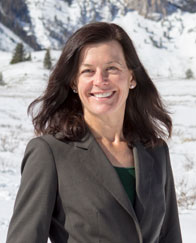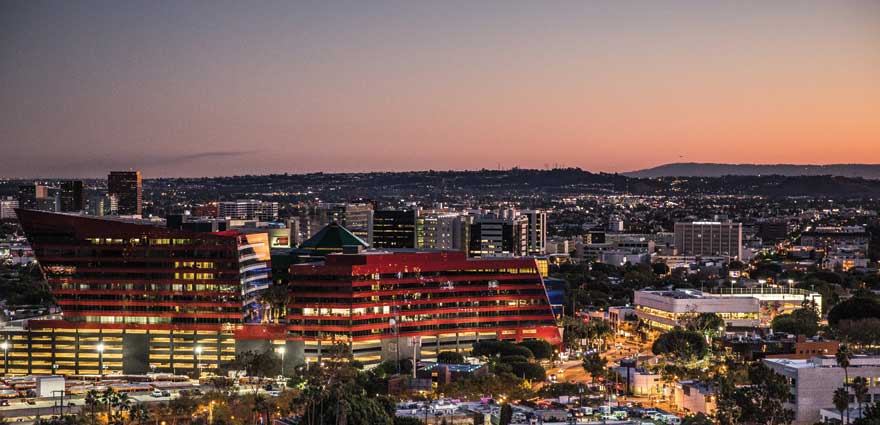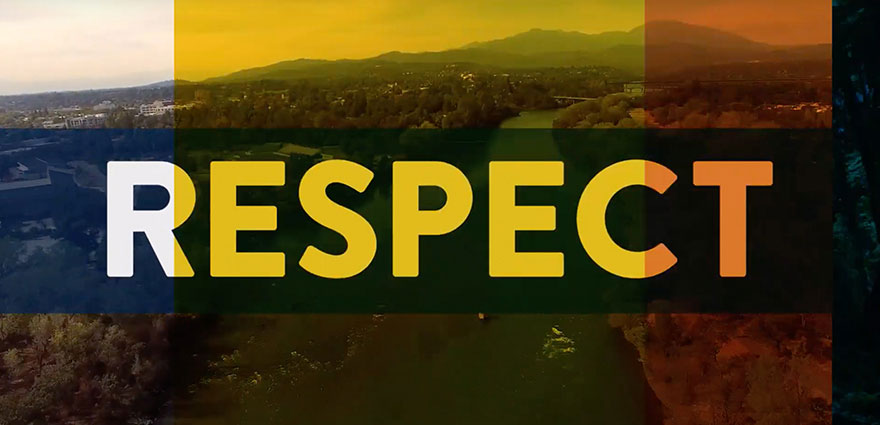Visitor spending in California plunged by nearly 60% in 2020, ending what would have been 11 straight years of economic growth for California tourism.
The promising news is that California’s tourism industry is poised for a comeback with widespread vaccinations and the decline of infections.
But how can California’s travel and hospitality industry rebuild a more resilient and sustainable tourism infrastructure that can both bring back visitors and protect what made California’s world-famous destinations so special to begin with?
That means preserving not just the state’s forests, beaches and other environmental assets but also the communities that both benefit from and are often disrupted by tourism, especially if destinations are not managed sustainably.
“Many places around the world have started to understand that tourism needs to find its balance and bring about wider, more holistic benefits.”
Destinations need to focus on employment generation, lower carbon footprints and less dependence on seasonal visitors, Sampson said at Visit California’s 2021 virtual Outlook Forum. “So these destinations are searching for another paradigm.”
Before the pandemic, Visit California launched a statewide Destination Stewardship and Sustainable Travel Framework with a focus on social, environmental and economic sustainability. That means ensuring that the state’s travel and hospitality economy improves quality of life and offers recreational options for all Californians as well as preserves natural resources and drives resilient economic growth statewide.
As Visit California works to build out the plan, some aspects of it – responsible travel, resident/visitor education, green business practices – actually have been activated by the pandemic.
As seen last summer, some destinations got caught between travelers seeking a respite from stay-home orders and residents with valid concerns about safety and quality of life implications.
 The importance of moving forward with stewardship principles was front-and-center at Outlook Forum, as representatives from Mammoth Lakes, Truckee and Idaho talked about the challenges many outdoor destinations faced, and the lessons they learned balancing the needs of residents, visitors and the industry.
The importance of moving forward with stewardship principles was front-and-center at Outlook Forum, as representatives from Mammoth Lakes, Truckee and Idaho talked about the challenges many outdoor destinations faced, and the lessons they learned balancing the needs of residents, visitors and the industry.
Mono County Supervisor Stacy Corless said Sierra Nevada communities to the east of Yosemite National Park found themselves struggling last year to coordinate with federal land management agencies to provide adequate infrastructure and information to an influx of new visitors. She spoke as part of a Visit California-organized Outlook Forum panel called “Balancing Visitors and Residents in a Post-Covid World.”
“The U.S. Forest Service had really strict COVID protocols in place for their frontline employees and public interaction,” Corless said. “And for instance, our California Welcome Center is housed in a U.S. Forest Service building, so it stayed closed through most of the summer just as tons and tons of first-time visitors were coming and looking for somewhere to camp and trying to figure out what to do.”
Mono County ultimately accommodated the volume of new visitors by sending trail hosts to trail heads and tourist centers to distribute paper maps and advice.
 Truckee Town Councilmember David Polivy said community tensions came to a head during the pandemic over the impact of short-term rentals on local housing supply.
Truckee Town Councilmember David Polivy said community tensions came to a head during the pandemic over the impact of short-term rentals on local housing supply.
“Housing in general has been at the forefront of our community’s issues for a number of years now but COVID really exaggerated that,” Polivy said. “Short-term rentals are easy targets for a lot of reasons. They sit empty a lot of time, and visitors occupy them. When our community is in such a housing crisis, many in our community truly believe that short-term rentals should be banned outright or curtailed significantly.”
Worldwide, the solution to such problems is a heavier focus on destination stewardship, which could include better targeted visitor information campaigns or higher hospitality taxes that pay for long-term improvements to community infrastructure.
As visitors start returning to California destinations, the industry can rebuild itself with a “quality tourism” approach that Sampson said “puts destinations and communities at the heart of tourism.” Increasingly, visitors are demanding such sustainability-focused tourism.
 In addition to the Visit California framework, more than a dozen California communities are working on destination stewardship plans.
In addition to the Visit California framework, more than a dozen California communities are working on destination stewardship plans.
“If there’s anything this pandemic has done, it has raised awareness about the fact that there is significant risk not only of course to tourism but to our economic systems and to our society,” Sampson said.
“One of the biggest barriers to change really has been mindset. But here we are, in a moment where we’ve all been through something that has raised our awareness of the fragility of our ecosystem.”


